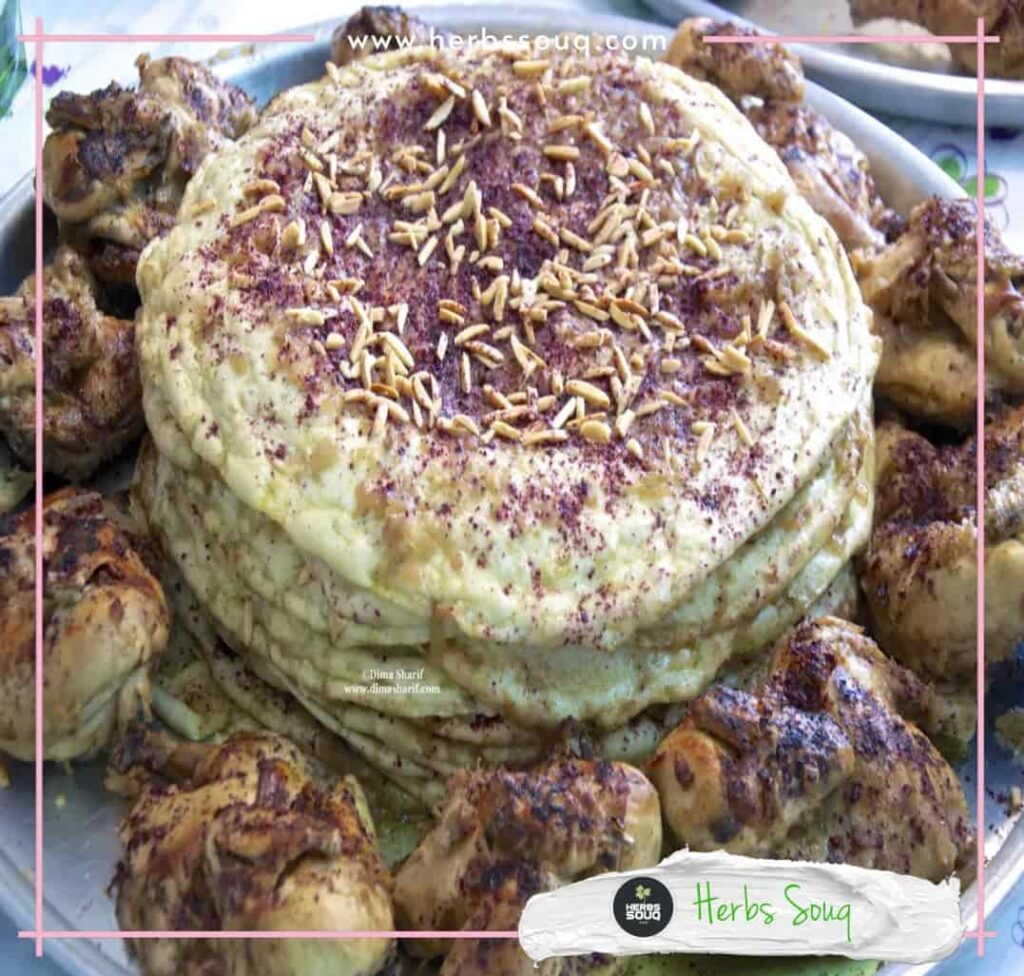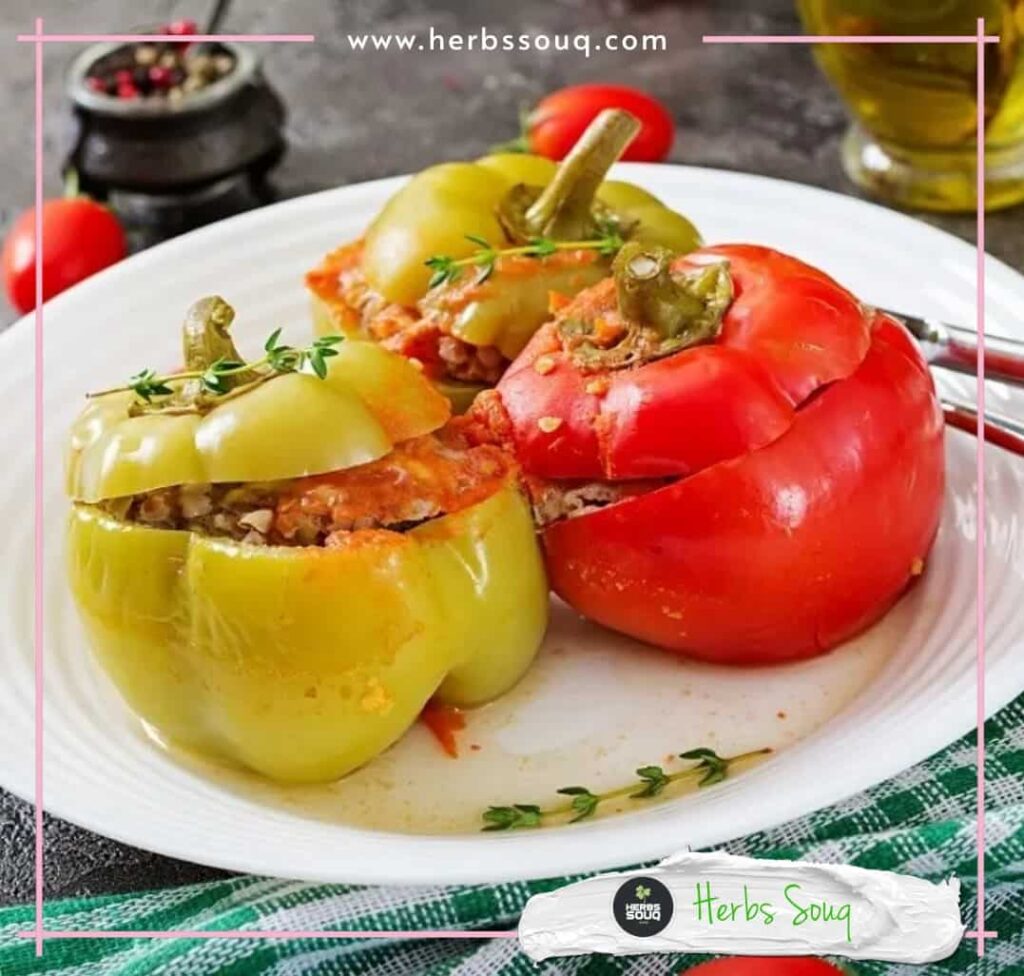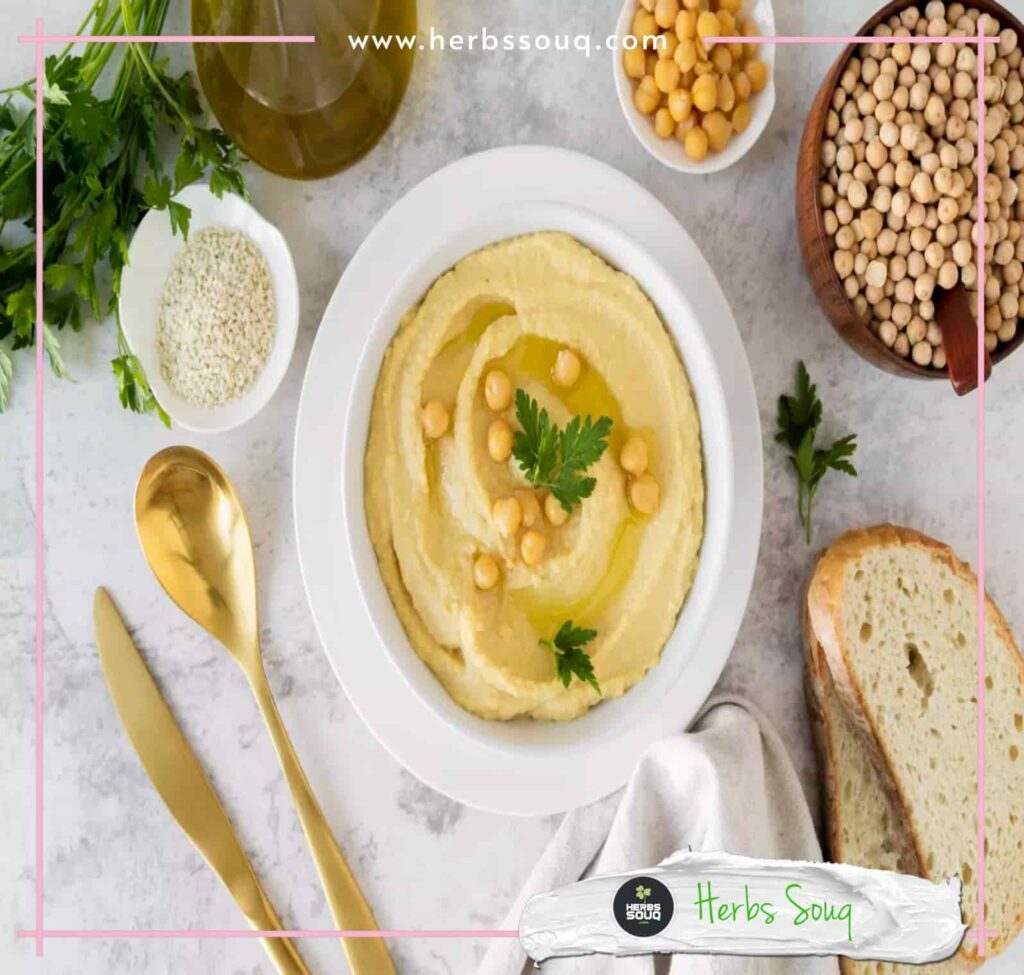Akpi Seeds for Hips & Butt Enlargement: Get Natural Curves
Are you looking for a safe, natural way to enhance your hips and butt for a fuller, curvier figure? Akpi seeds for hips and butt enlargement (Djansang or Ricinodendron heudelotii), a traditional West African superfood, may be the solution you’ve been searching for. Akpi seeds for hips and butt enlargement have been used for generations to promote feminine curves. These seeds are rich in nutrients that support fat distribution, collagen production, and tissue growth in the hips and buttocks.
In this guide, we’ll explore:
✔ How Akpi seeds work for body enhancement
✔ Scientifically backed benefits for curves
✔ Best ways to use Akpi seeds for maximum results
✔ Where to buy authentic, high-quality Akpi seeds
Do Akpi Seeds Enhance Hips & Buttocks?
1. Supports Healthy Fat Distribution
Akpi seeds contain healthy fatty acids that help regulate estrogen levels. This plays a key role in fat storage around the hips, thighs, and buttocks. (Source: Journal of Clinical Endocrinology & Metabolism).
2. Boosts Collagen for Fuller Curves
Equally important, rich in amino acids and antioxidants. Akpi seeds promote collagen and elastin production, improving skin elasticity and giving your butt a plumper, lifted appearance (Source: Journal of Cosmetic Dermatology).
3. May Stimulate Tissue Growth
What’s more, traditional African medicine suggests that long-term use of Akpi seeds can help enhance curves naturally by supporting cell regeneration in the butt and hip area.
4. Improves Blood Circulation for Better Results
Moreover, the arginine in Akpi seeds helps increase blood flow. Using it ensures that nutrients reach the targeted areas for faster, more noticeable growth.
How to Use Akpi Seeds for Hips & Butt Enhancement
Method 1: Akpi Seed Powder (Internal Use)
✅ Grind dried Akpi seeds into a fine powder.
✅ Mix 1 teaspoon with warm water, smoothies, or honey daily.
✅ Consistent use for 3-6 months yields the best results.
Method 2: Akpi Seed Oil (Topical Massage)
✅ Massage Akpi seed oil into your hips and butt daily to improve elasticity and stimulate growth.
✅ Combine with shea butter or coconut oil for deeper absorption.
Method 3: Akpi-Infused Herbal Tea
✅ Boil crushed Akpi seeds with fenugreek or fennel. (known for estrogen-boosting effects).
✅ Drink daily to support natural curves.
Finally, where to Buy Pure Akpi Seeds for Body Enhancement?
⚠ Beware of fake or low-quality Akpi seeds—they won’t give results!
At HerbsSouq.com, we provide:
✔ 100% organic, lab-tested Akpi seeds
✔ Directly sourced from West Africa
✔ Premium quality for maximum effectiveness
you can also buy it from our store on Ebay here: Akpi Ebay
👉 [Shop Now & Start Your Natural Curves Journey!]
Final Thoughts
In conclusion, while more clinical studies are needed, Akpi seeds have a long history in traditional medicine for enhancing feminine curves. If you want a natural, chemical-free way to sculpt your hips and butt, adding Akpi seeds to your routine could be a game-changer.
Have you tried Akpi seeds for body enhancement? Share your experience below! 💬
Akpi Seeds for Hips & Butt Enlargement: Get Natural Curves Read More »

















